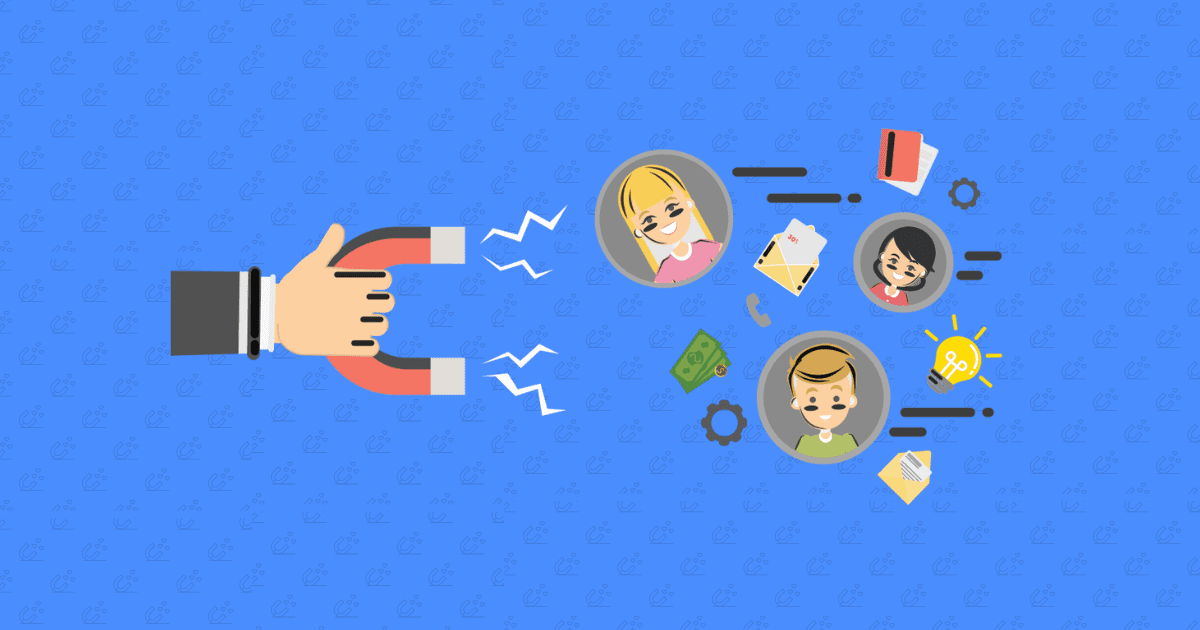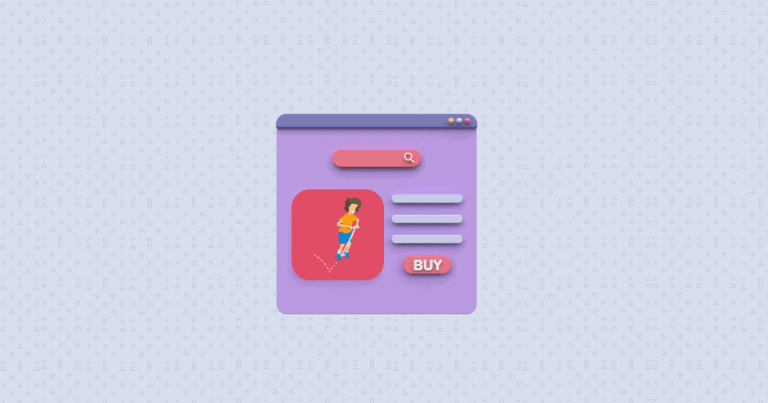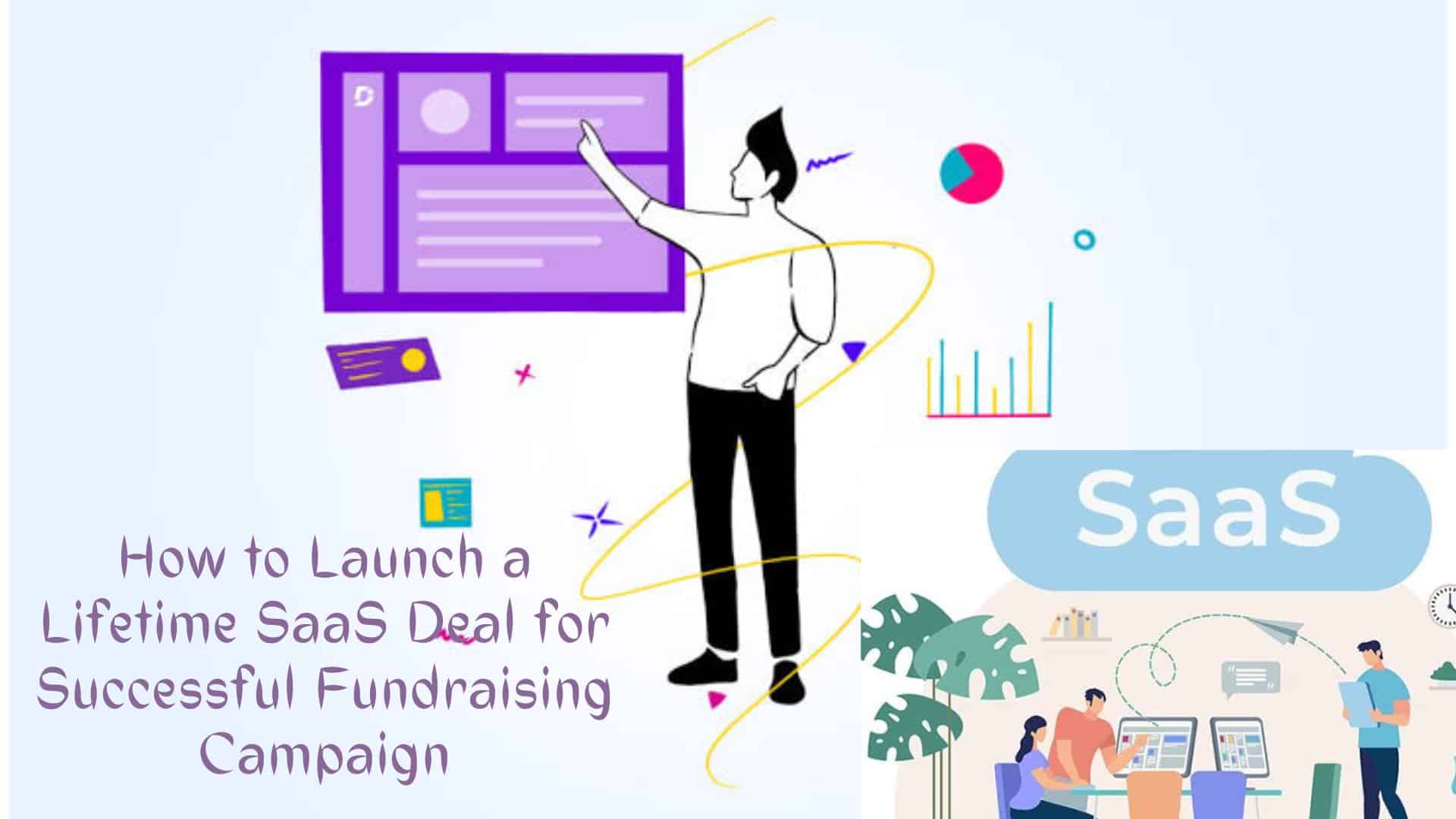Why Is Customer Retention Important For SaaS B2B Businesses?
It’s no secret that customer retention is critical to the success of any business, especially those operating in the B2B space.
The question is, why is customer retention important? What does it take to retain customers? And what can you do to improve your chances of retaining them?
Customer retention has become increasingly important for businesses across every vertical.
According to Forrester Research, companies spend anywhere from $300-$3,500 per month on customer retention strategies.
These costs include things such as marketing campaigns, employee training, and other programs designed to keep existing customers happy and acquire new ones.
1) They generate revenue from repeat sales.
2) New customers who sign up for recurring billing tend to stay longer because they receive multiple benefits over time.
3) Customers who return to the same vendor often provide referrals.
How to calculate customer retention model?
Have you ever thought about calculating your Customer Retention Model (CRM)? What would happen if you implemented it into your marketing strategy? Would it improve the performance of your company?
CRM is the measurement of the effectiveness of your sales team in acquiring new customers and retaining current ones. The CRM model has two components: Sales and Marketing.
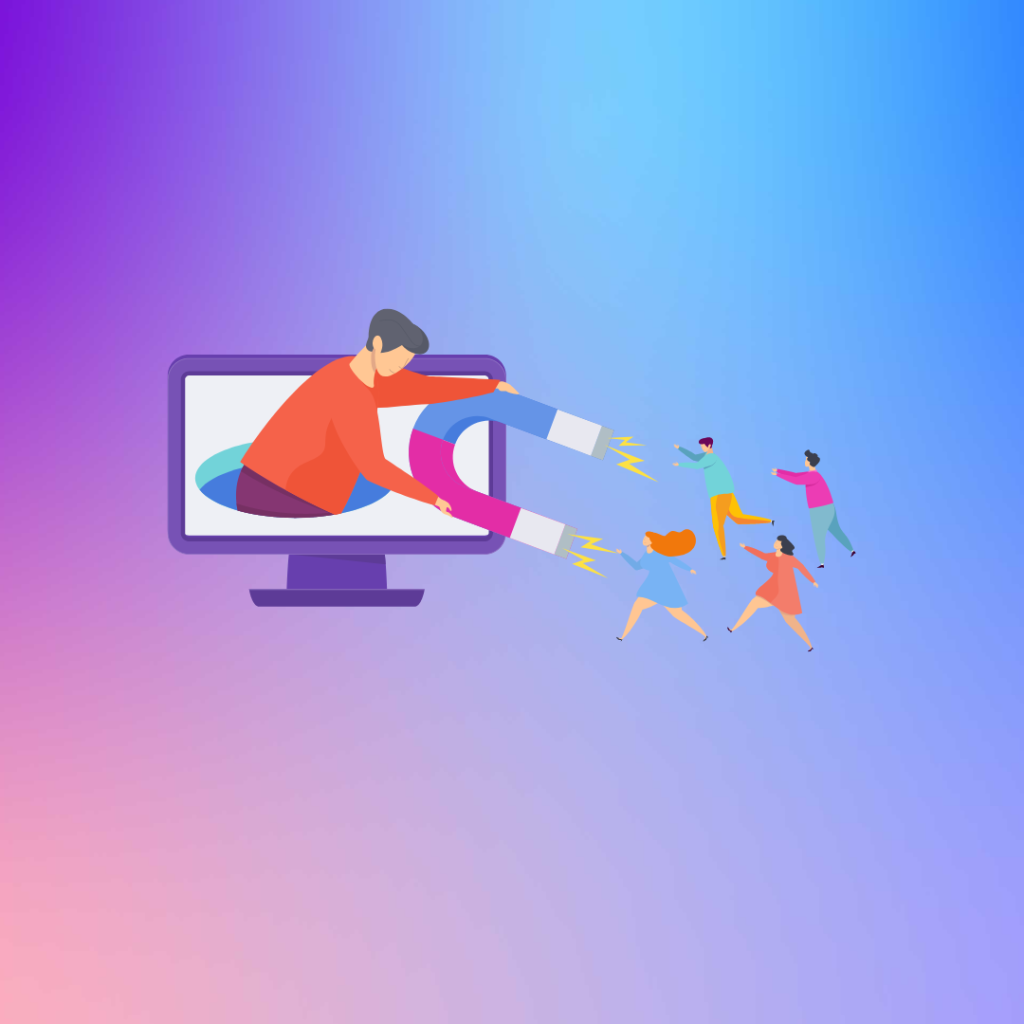
It helps businesses identify their strengths and weaknesses. A well-developed CRM system enables companies to better track and analyze leads, opportunities, and revenue generated from each sale.
This helps them predict future growth and develop strategies accordingly.
The retention cost is calculated by dividing the total amount spent on each lost customer by the number of days until next purchase.
For example, suppose a company spends $100 per month on average to attract new customers. If the average customer stays with the company for 90 days, then the retention cost would be $10 per day.
This means that every time the company loses a customer, it loses $10 per day.
Acquisition costs are calculated by multiplying the expected price paid per customer by the number of potential customers acquired.
For example, suppose the company expects to acquire 30 potential customers at $50 each. Then its acquisition cost would be $15,000.
Lifetime Value is calculated by multiplying the annual revenue generated from each customer over their entire life cycle by the estimated probability of converting each customer to become repeat buyers.
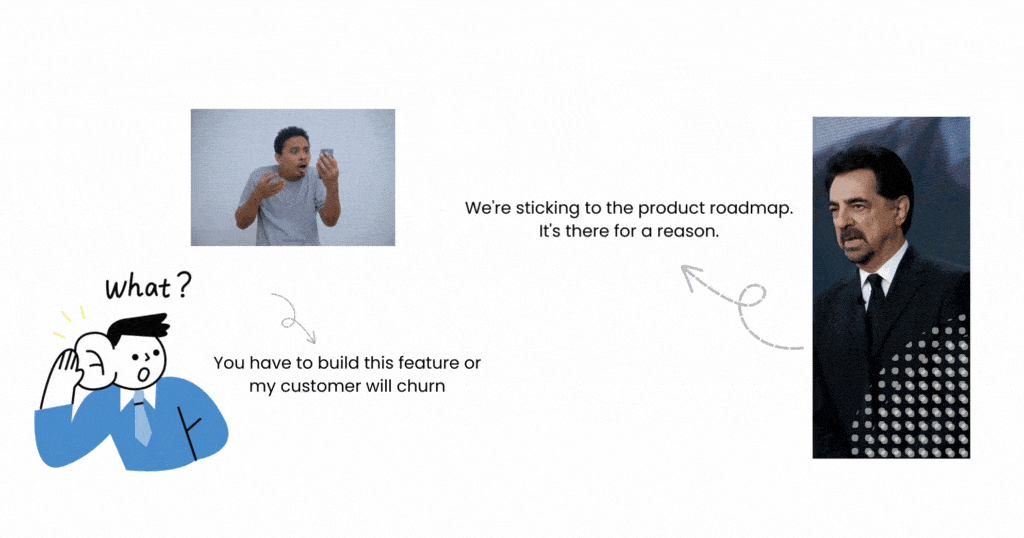
“Customer churn rate” is calculated using two numbers. One number represents the total number of customers who left within a specific period of time (e.g., 12 months).
The other number indicates the total number of customers at the beginning of that same period (i.e., the denominator). Then, divide the former by the latter. This gives us the churn rate.
Customer retention model
Customer retention models play a key role in determining the future success of a business.
They allow companies to predict which customers they are likely to retain and which ones they might lose. This helps them plan their marketing strategy accordingly.
There are two main types of customer retention strategies—cost-based and revenue-based.
Cost-based models focus on reducing costs while revenue-based models consider increasing revenues. The former focuses on minimizing the total cost per customer to achieve greater profit margins.
Revenue-based strategies increase profits by focusing on maximizing the lifetime value of each customer.
5 ways businesses retain customers through customer experience
Customer experience has become a key driver of brand loyalty and retention. Customers expect companies to deliver exceptional customer services and support 24/7.

Customer experience (CX) is defined as the total experience that customers receive from interacting with a brand. CX encompasses every interaction between a consumer and a brand, ranging from initial contact to post purchase support.
Wrapping Up
Customer retention is key for SaaS businesses. In order to retain existing customers, you should focus on providing excellent customer support and responding to user feedback.
In other words, you should aim to improve customer satisfaction and loyalty rather than simply increasing sales.
